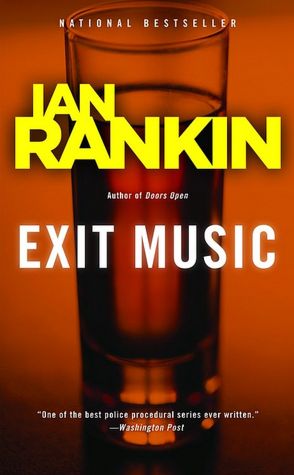Saw The Bad Plus with TLMW at the MIM. I’ve loved their work ever since they came out with These Are the Vistas and their raucous interpretation of Nirvana’s Smells Like Teen Spirit (rivaled really only by the Robert Glasper Experiment version).* This was the very first time they performed in AZ.
As expected, they played like three seemingly crazed musicologists each doing their own thing yet doing so together splendidly. Sometimes they drifted into sonic chaos, or they created symphonic sounds reminiscent of film music, and at other times they played around with “shrewdly lurching syncopations.”
On this night, they leisurely burned through a 1.5 hour-long set, basically ignoring their trademark, off-the-wall pop covers of early albums, and sticking almost exclusively to the ecclectic material from their brand-new studio album, Made Possible. I realize The Bad Plus claim that they are “deeply earnest” about everything they do, but there’s something obviously subversive and anarchic about these guys. Along with their sly wit, they also clearly have a profound sense of performance art and the absurd.
While the album is full of electronically produced synthetic textures with layers of synthesizer and electronic drum sounds, the concert was mostly a straight up acoustic affair with a few entertaining effects thrown in. At one point in Sing For a Silver Dollar there was a long abstract-improv section of piano-string pluckings and percussion rattlings and in The Empire Strikes Backwards the drummer Dave King worked on two rubbery E.T. toys to produce hauntingly high-pitched squeals. Reid Anderson, the bassist, clarified with tongue only half in cheek that the E.T. intermezzo in the concert version didn’t make it on the album due to copyright reasons. Throughout the concert he made similarly off-beat comments on their playlist.
Seven Minute Mind was my favorite, just a jaw-dropping orgy with whiplash tempo changes exerting “an accretive force, moving from barest breeze to prairie twister,” as the NYT put it in a review of the album. The tempo control in that song was absolutely astounding. “Thriftstore Jewelry” was a full-on blast of Latin rhythms and jubilant playfulness. As an encore, The Bad Plus played a lovely extended version of the Aphex Twin’s Flim.
The acoustics at the MIM that night were spectacular, every note crisp and clear, and the trio’s sound well-balanced even for us sitting stage left.
While all three muscians were quite brilliant in their own right, what really stood out for me was Dave King’s work on drums, perhaps somewhat helped by the fact that we pretty much sat right in front of him. This guy is simply amazing, an incredible, ingenious, and idiosyncratic wizard on the skins.
As was announced at the end of the concert, The Bad Plus are planning to be back in town next year with their rendition of Igor Stravinsky’s entire ballet The Rite of Spring. Apparently they have been working on a commission from Duke University and Lincoln Center and been rehearsing their own version of this complex composition for the past eight months.
The playlist was a follows (from Made Possible unless otherwise noted):
- Pound for Pound
- Wolf Out
- The Empire Strikes Backwards (from Suspicious Activity?)
- Re-Elect That
- For My Eyes Only
- You Are
- Sing for a Silver Dollar
- Thriftstore Jewelry (from Prog)
- Seven Minute Mind
- In Stitches
- Flim (from These Are the Vistas)
* Another early cover by The Bad Plus (and there are several) is their spectacular version of ABBA’s Knowing Me, Knowing You with exquisite musicianship by the trio throughout, especially the fierce, Rachmaninoffish piano motor boating at the 5 minute mark.


 Second to last
Second to last 







 That’s some droll book. Unconventional crime fiction, somewhat noirish, with a likable protagonist and a postmodern narrator who chimes in periodically with warnings to pay attention or to be careful, and with comments dripping with sarcasm. Some wicked, twisted humor included as well.
That’s some droll book. Unconventional crime fiction, somewhat noirish, with a likable protagonist and a postmodern narrator who chimes in periodically with warnings to pay attention or to be careful, and with comments dripping with sarcasm. Some wicked, twisted humor included as well.